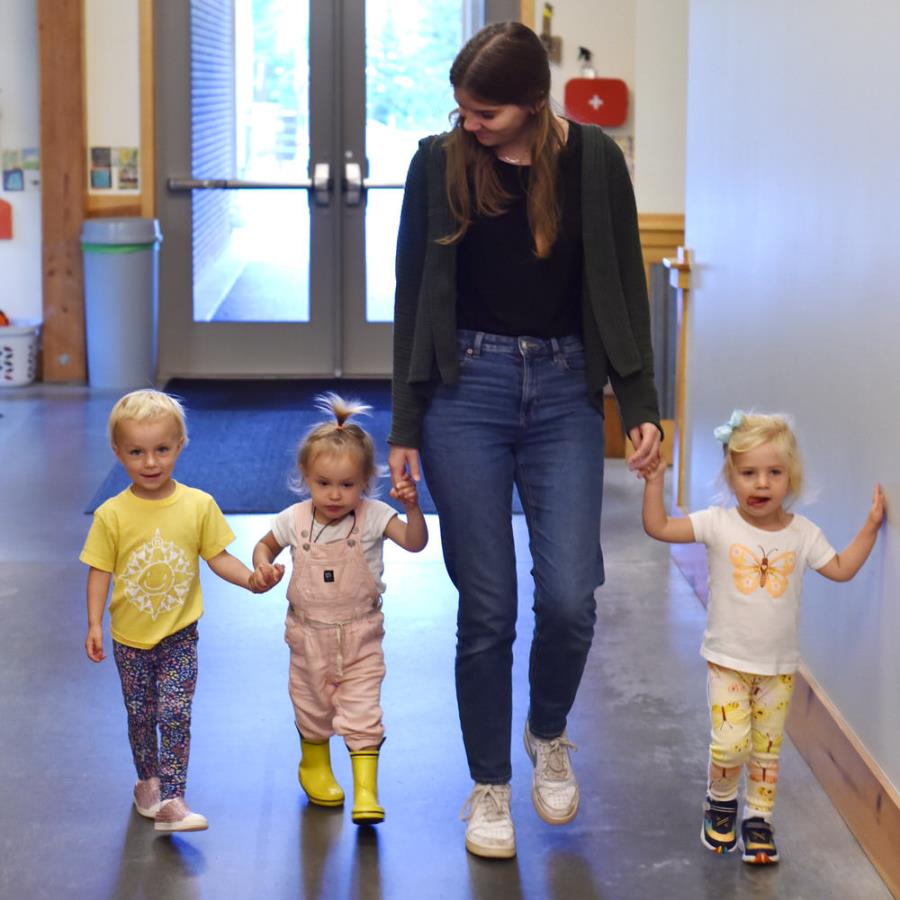Power struggles between children and caregivers are a common part of a toddler’s development. Early on they develop a strong sense of order, which helps them make sense of their world. They observe how things are to be done and this becomes their perceived reality. However, this reality does not always align with the adult's reality and often a power struggle ensues.
How can we manage a toddler power struggle?
We must understand that what most toddlers want is power, control, and autonomy. We can offer them those things through opportunities to make choices. During a power struggle, the adult’s role is to help guide the toddler in a patient, firm, and loving manner. We must not join them in their fury. This is done by having clear, concise, and consistent expectations. Our job is to support their autonomy while simultaneously setting clear boundaries.
Below is an example of how to work through a power struggle:
A child is trying to cross the street without holding an adult’s hand.
The adult says, “I can’t let you cross the street without holding my hand, my job is to keep you safe. I see that this is upsetting you and I know you really want to do this by yourself. I will let go of your hand once we have reached the park.”
If the child refuses to walk while holding your hand, you could first offer a choice. Say to the child, “You choose- hold my hand or we don’t go to the park, which will it be?”
Maybe that logic will work and that’s great, or this might make things escalate, in which case you’ll have to decide what to do for them. You may need to pick them up and try again another day. The important thing is to stick firmly with the expectations you have laid out and the next time this situation arises, your child will know that if they do not hold your hand, there will be consequences (of their own choosing).
Power struggles often look like a moment of angst. The child may get mad or sad when something doesn’t go their way. They may show they are upset by lashing out physically; kicking, hitting, screaming, or pushing, and while they are allowed to have an array of big emotions, certain behaviors do not have to be accepted. The adult needs to stick with the established plan/limit, restate the expectations, and be patient with any recalibration the toddler needs.
As an adult it is hard to see children be upset, our hearts often want to fix everything for them. But, it is important to remember that children thrive inside clear guidelines, it makes their world feel safe. When a child feels safe they feel free and able to act independently.
